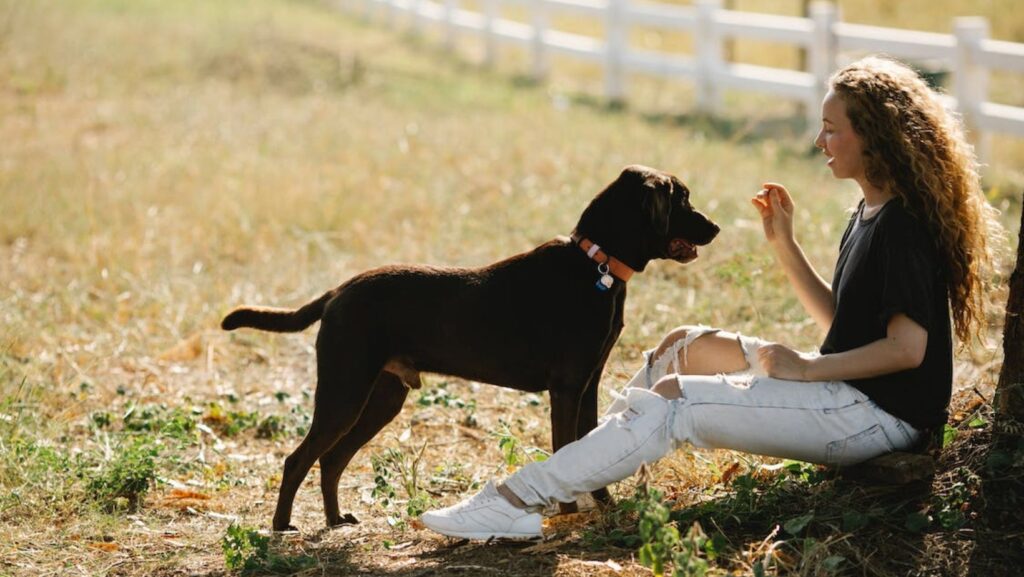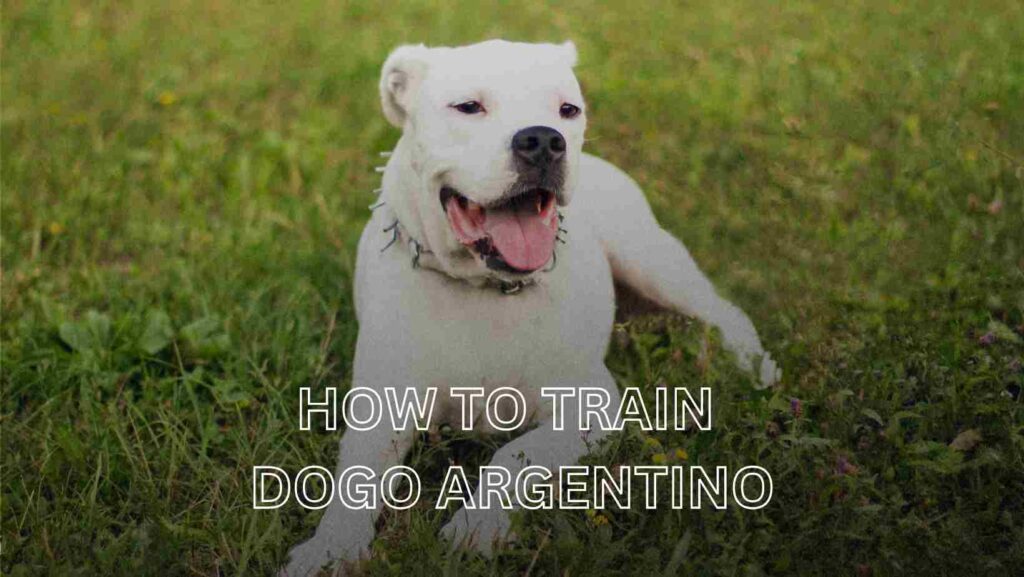We strongly believe that using shock collars for dog training is inhumane, cruel, and unnecessary. It is both a violation of animal rights and can cause physical and psychological harm to your furry friend.
The Truth about Shock Collars
Shock collars, or electronic collars, deliver electric shocks to a dog’s neck when they exhibit unwanted behavior. The idea behind using shock collars is to deter dogs from engaging in certain behaviors, such as barking, digging, or jumping. However, studies have shown that these devices can cause physical pain, anxiety, and fear in dogs.
Training a dog with a shock collar is akin to cracking a nut with a sledgehammer – a shocking overkill!.
Not only is it ineffective, but it is also a form of animal cruelty. Dogs are intelligent animals that can learn new behaviors through positive reinforcement, not punishment.
The Harmful Effects of Shock Collars
The use of shock collars can cause physical harm to dogs. The collar’s electric shock can cause burns, skin irritation, and even cardiac fibrillation. It can also cause psychological damage, such as anxiety, fear, and aggression.
Dogs subjected to shock collars may become fearful and anxious, leading to a broken bond between the dog and its owner.
The use of shock collars is not only harmful to dogs but also violates their fundamental rights. As pet owners, we are responsible for treating our furry friends with care and respect.
Using a shock collar to train a dog violates their right to humane treatment.
How Do Dog Shock Collars work?
Shock collars come in different sizes and colors, but they tend to be a bit bulkier than regular collars. This is because they include a small box and a radio-controlled electronic device. These collars also feature two probes that rest against the dog’s skin and deliver an electric shock when activated. This shock can be triggered manually using a remote control or automatically with a proximity sensor.
While there are some who may have reservations about using these stimuli, it’s important to understand that they are intended to be harmless, even though the term “shock” might sound a bit intense.
While the highest setting may feel uncomfortable, most shock levels are akin to a gentle tickle and are still effective in capturing a dog’s attention.
However, if you’re uncomfortable using a shock collar, the good news is that you have other options. Many shock collars have alternative correction methods, such as sounds, vibrations, and scents.
But it’s important to note that the scent option may not be as harmless as you think, as dogs have a much more acute sense of smell than humans.
Nevertheless, the intensity of shocks, sounds, vibrations, and scents can all be adjusted to suit your dog’s needs.
Remember, using a shock collar should only be considered a last resort for training purposes and should always be used under the guidance of a professional dog trainer. If you’re uncomfortable using a shock collar, other humane and effective methods can help you train your dog.
Steps of how to introduce a shock collar to a dog

While experiencing shock collars with a dog, it’s crucial to introduce them to your dog gradually and empathetically. Here are some steps to follow:
Step 1: Get the suitable collar
Make sure that you have a suitable collar for your dog. The collar should fit snugly around your dog’s neck, not too tight or loose. It’s also essential to select a collar that is appropriate for your dog’s size and weight. You should be able to pass out two fingers under the yoke.
Step 2: Try the collar on yourself
Before strapping it onto your furry friend, it will likely be too much for your dog if the shock feels too intense for you.
Step 3: Master the Basics
Your dog must have a solid foundation of basic obedience commands before using a shock collar. Your dog should be able to follow commands such as ‘sit’, ‘lie down’, ‘stay’, and ‘come’ with relative ease. Introducing your dog to clickers and voice markers can also be helpful. Your dog should understand that phrases like ‘yes’ or ‘good boy’ means they’ve done well and may receive a treat.
Step 4: Get your dog used to wearing the collar
Before turning the collar on, allow your dog to get used to wearing it around its neck. This will help them become comfortable with the collar and associate it with positive experiences. You can start by putting the collar on your dog briefly each day and gradually increasing the time they wear it.
Step 5: Introduce the sensation of the shock
Turn the collar on to the lowest setting and let your dog experience the sensation. Observe their reaction and behavior closely to see if they become anxious or uncomfortable. If your dog shows any signs of distress, turn the collar off and try again later.
Step 6: Reward positive behavior
Use positive reinforcement to reward your dog for good behavior while wearing the collar. This will help your dog associate the collar with positive experiences and encourage them to behave well. Treats, praise, and playtime are all effective rewards.
Step 7: Increase the intensity gradually
Gradually increase the intensity of the shock over time, starting at the lowest setting and working your way up. Always observe your dog’s reaction and behavior, and never use a shocking level that causes discomfort or distress.
Step 8: Seek professional guidance if necessary
If you’re unsure how to introduce a shock collar to your dog or if your dog is showing signs of anxiety or distress, seek guidance from a professional dog trainer. They can help you understand how to use the collar safely and effectively.
Introducing a shock collar to a dog is a serious decision that requires careful consideration and empathetic handling. Always prioritize your dog’s well-being and use the collar as a last resort for training.
Alternatives to Shock Collars
Many alternative methods of training a dog are humane, effective, and based on positive reinforcement. These methods include clicker training, reward-based training, and obedience training. These methods focus on rewarding good behavior rather than punishing bad behavior.
Clicker training
Clicker training is a popular method of dog training that involves using a clicker to signal to the dog that they have done something right. This method is based on positive reinforcement, where the dog is rewarded for good behavior with treats, praise, or toys.
Reward-based training: (best alternate way to introduce shock collar to a dog)
Reward-based training is another method of dog training that involves rewarding the dog for good behavior. This method includes giving the dog treats, praise, or toys when they exhibit good behavior, such as sitting or staying.
Obedience training
Obedience training is a structured method of dog training that involves teaching the dog basic commands, such as sit, stay, and come. This method is based on positive reinforcement, where the dog is rewarded for obeying orders.
Recommendations
Bousnic Shock Collar for Dogs

Electric Dog Training Collar with Remote 1600FT

Conclusion
In conclusion, using shock collars for dog training is inhumane, cruel, and unnecessary. It can cause physical and psychological harm to dogs, violates their fundamental rights, and damage the bond between the dog and its owner.
We recommend using alternative, humane dog training methods based on positive reinforcement. These practical and compassionate methods will help you build a strong, loving bond with your furry friend.








